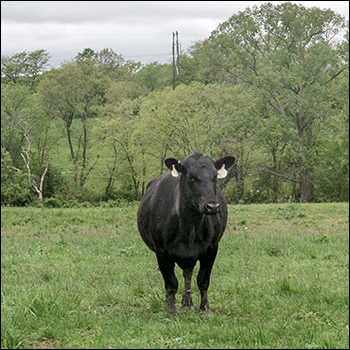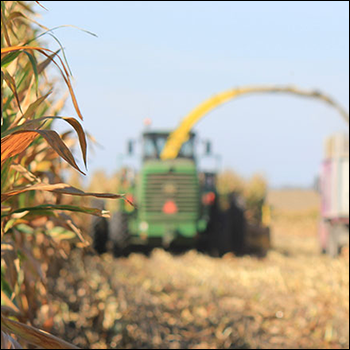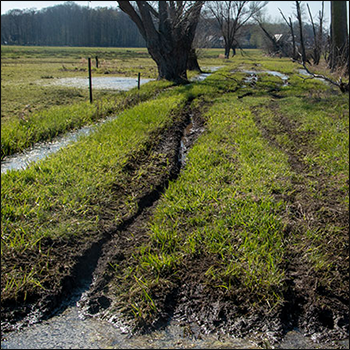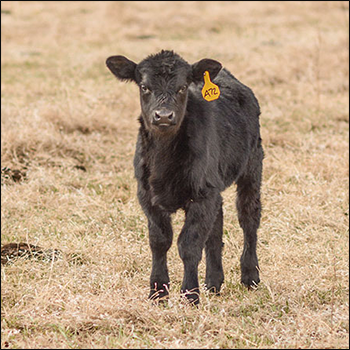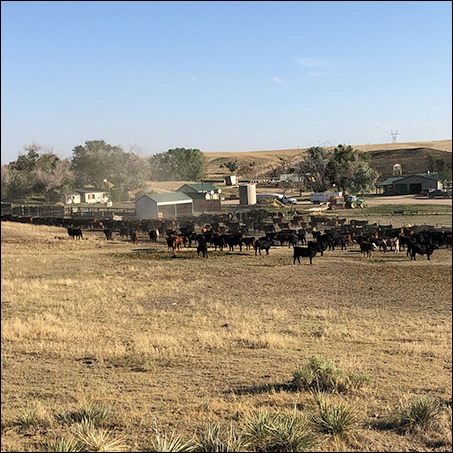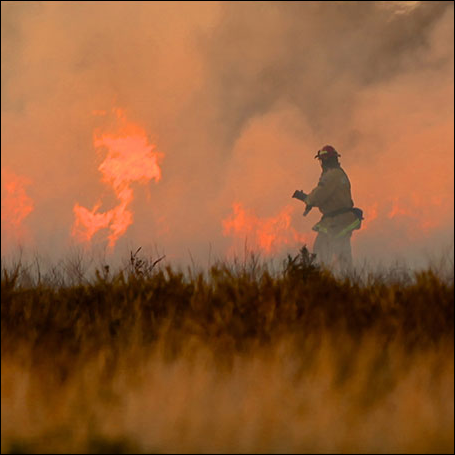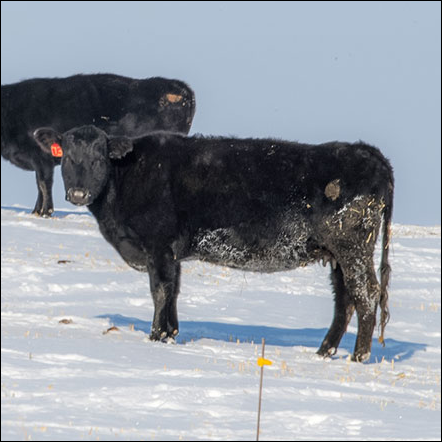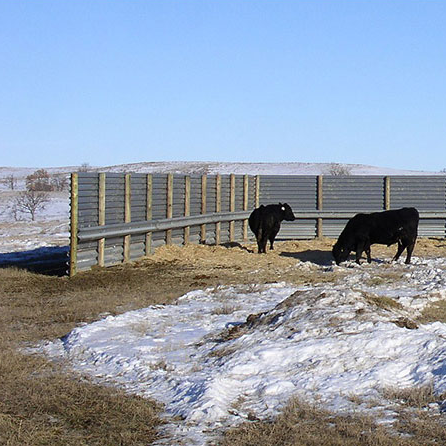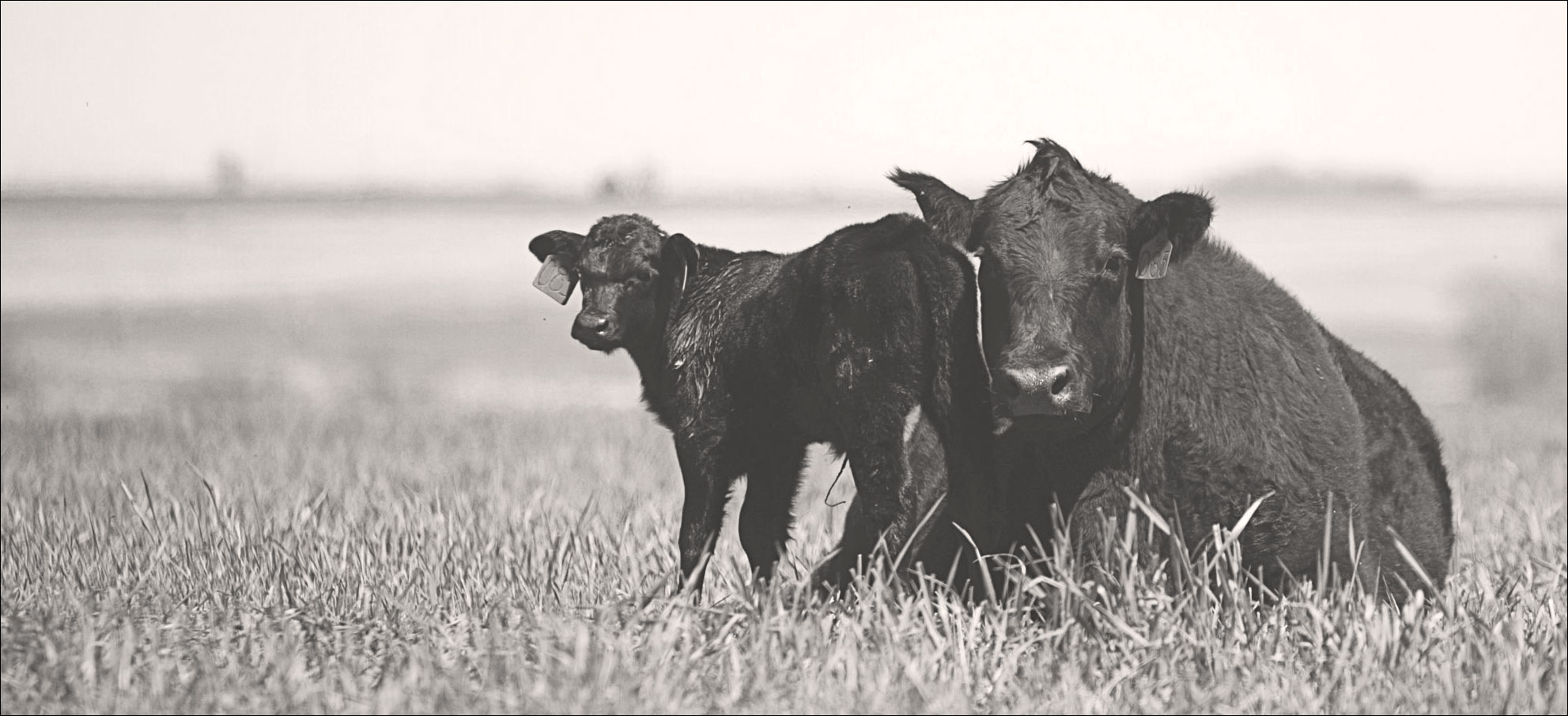
Keeping Calves Healthy
Veterinarians offer ways to reduce risk of calves developing, sharing scours.
The old saying “an ounce of prevention is worth a pound of cure” coined by Benjamin Franklin rings true for many of life’s situations. For cattle ranchers hoping to prevent calf scours from developing in the herd, prevention is key, according to the veterinarians at the Kansas State University (K-State) Beef Cattle Institute (BCI).
Veterinarians Bob Larson and Brad White offered several tips for keeping the herd free from scours on a recent Cattle Chat podcast.
Scours, otherwise known as diarrhea, often affects calves in the first month of life, in part because of their liquid diet of milk and developing immune systems, Larson said. If the calves lose too many electrolytes, they may develop metabolic acidosis, which can be fatal if not promptly treated.
“The calf is most susceptible to scours in the first few weeks of life. After that, they are pretty resilient to becoming severely ill,” Larson said.
Management tips offered by the veterinarians for preventing scours include:
- Make sure the calves are kept in a sanitary environment to prevent exposure to the pathogens that cause scours to develop and spread in the herd.
- Maintain older calves in a separate location from younger calves to reduce the in-herd disease transmission.
- Keep the cows in good body condition so they pass the immunity to their calves through the first milk, known as colostrum.
- Vary the feeding locations to spread out the calves and keep them from congregating with the other cattle.
To hear more of their discussion, tune in to the BCI Cattle Chat podcast online.
Editor’s note: Lisa Moser is a communications strategist for Kansas State University.
